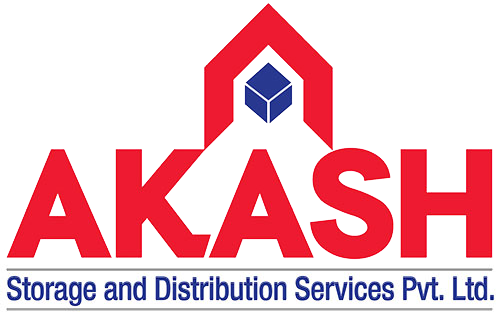As the demand for efficient storage and distribution grows in the B2B sector, the significance
of warehouse logistics becomes paramount.
Warehousing in logistics entails the storage and management of goods to ensure a
seamless flow within supply chains. This process not only enhances customer service and
reduces lead times but also yields significant cost savings. However, it presents challenges
such as space constraints and labor management.

Exploring Warehouse Logistics: A Crucial Component of B2B Supply Chains
Warehouse logistics plays a pivotal role in B2B supply chains, encompassing tasks from
receiving goods to order fulfillment:
• Receiving Inventory: Upon arrival, goods are meticulously inspected for condition
and quantity, with any discrepancies promptly reported.
• Product Placement: Utilizing advanced technologies like forklifts and conveyor
systems, warehouse teams ensure efficient movement and proper placement of
products for optimal storage utilization.
• Inventory Storage: Leveraging efficient storage strategies, goods are allocated to
their designated locations within the warehouse, facilitating streamlined inventory
tracking.
• Order Picking: When orders are placed, warehouse management systems direct
staff to retrieve products from specified locations, ensuring accuracy and efficiency in
order fulfillment.
• Packaging and Shipping: Products are carefully inspected, packaged, and labeled
before being dispatched to customers through integrated shipping channels.

Key Components of Warehouse Logistics
• Receiving Inventory: Essential for verifying goods’ condition, quantity, and
accuracy, with a focus on effective documentation.
• Inventory Storage: Utilizing innovative storage practices to optimize warehouse
space, including specialized solutions such as cold storage for perishable items.
• Picking Orders: Streamlining the process of order retrieval to expedite order
fulfillment and enhance customer satisfaction.
• Packaging Orders: Ensuring products are securely packaged to minimize damage
during transit and uphold product quality.
• Shipping: Integrating with diverse shipping carriers to facilitate timely delivery of
goods to customers.
Advantages of Warehouse Logistics
• Enhanced Inventory Management: Effective utilization of warehouse space leads
to improved tracking, reduced stockouts, and enhanced order fulfillment.
• Cost Reduction: Optimal management of inventory reduces storage costs,
contributing to overall business savings.
• Improved Order Fulfillment: Timely order processing and delivery bolster customer
satisfaction and retention rates.
• Enhanced Efficiency: Adoption of cutting-edge technologies streamlines warehouse
operations, optimizing manual efforts and expediting order fulfillment.
• Value-Added Services: Provision of ancillary services such as product labeling and
kitting further elevates customer satisfaction levels.

Differentiating Warehouse Logistics from Supply Chain Management
While warehouse in logistics focus on the movement and storage of goods within warehouses,
supply chain management encompasses a broader spectrum of activities, including
procurement, manufacturing, distribution, and logistics coordination.
Challenges in Warehouse Logistics
Warehouse in logistics encounters challenges such as training employees on advanced
technologies and optimizing limited warehouse space to accommodate expanding business
needs.
Conclusion
Warehouse logistics serves as the linchpin of efficient B2B operations, ensuring timely
delivery of goods while minimizing storage costs. By embracing innovative practices and
leveraging technology, businesses can optimize their warehouse operations and enhance
overall customer satisfaction.
